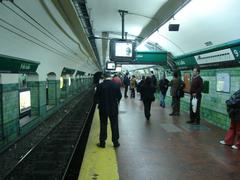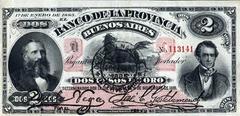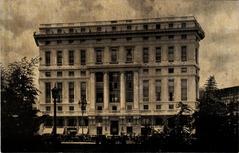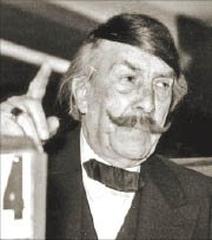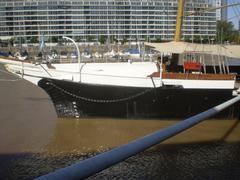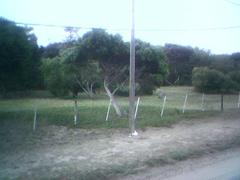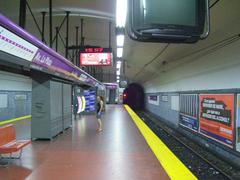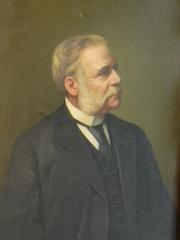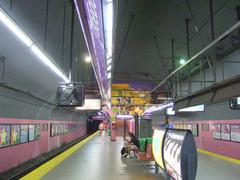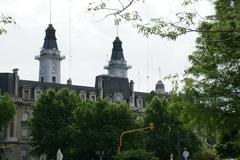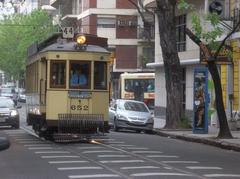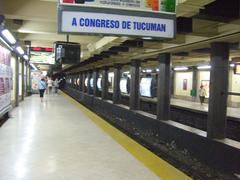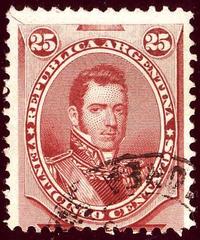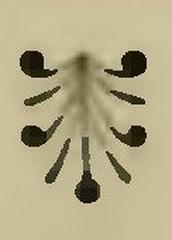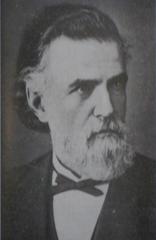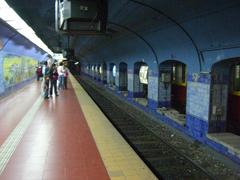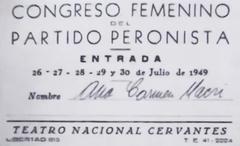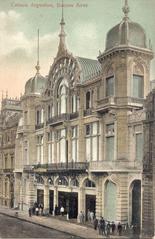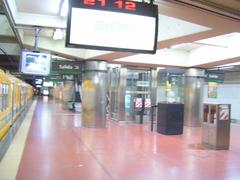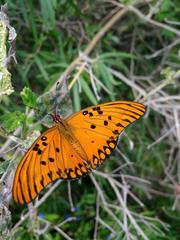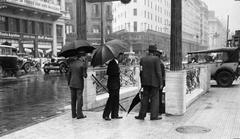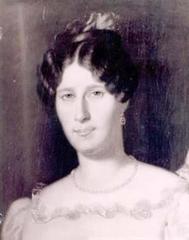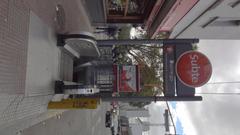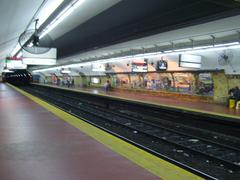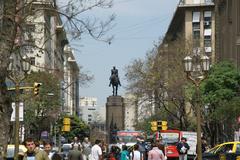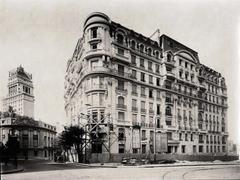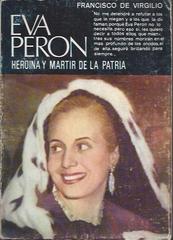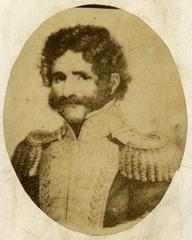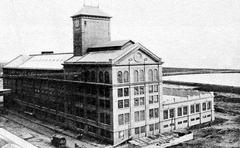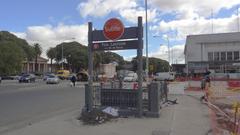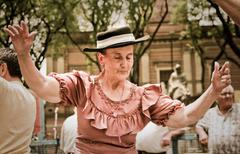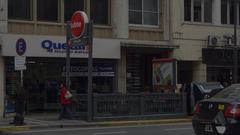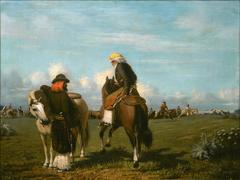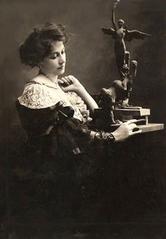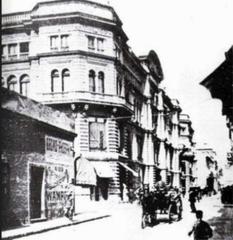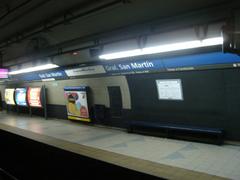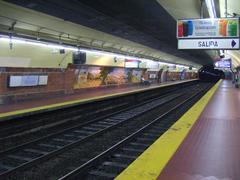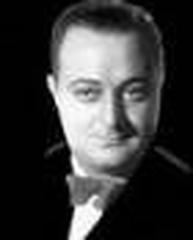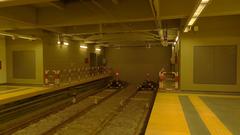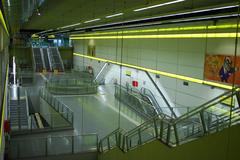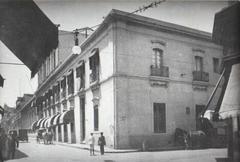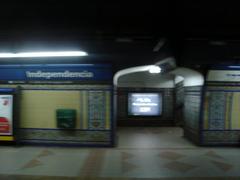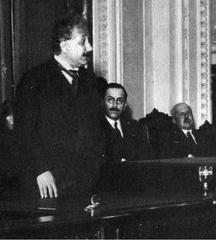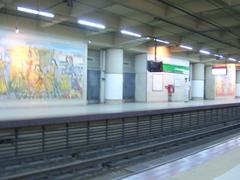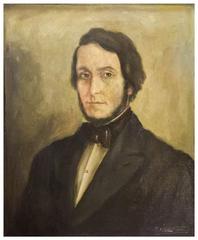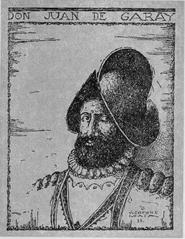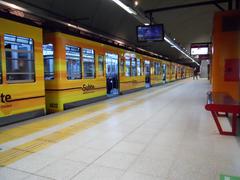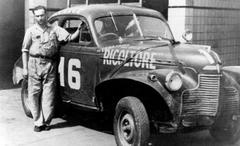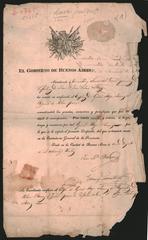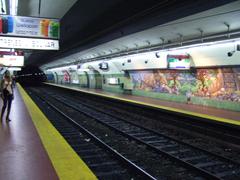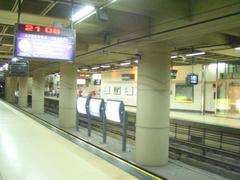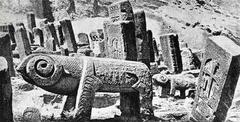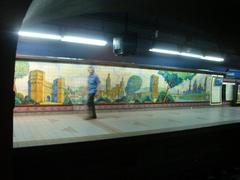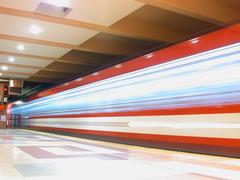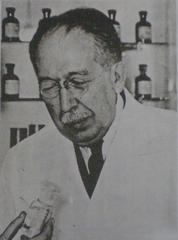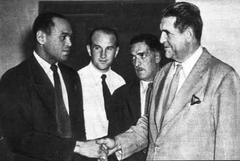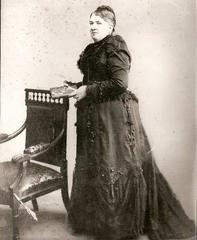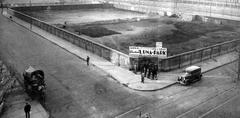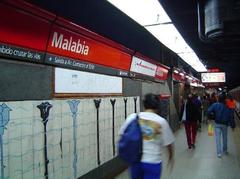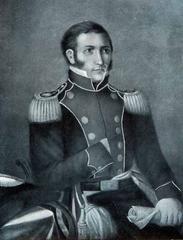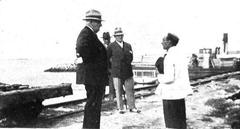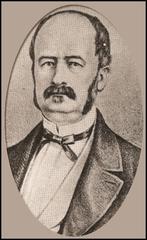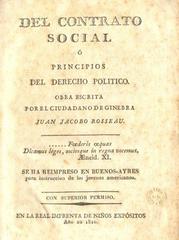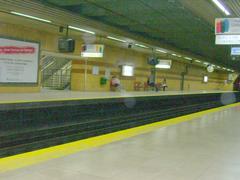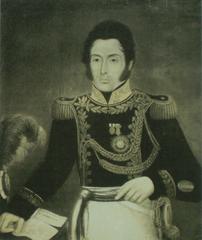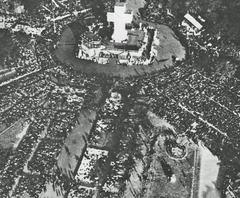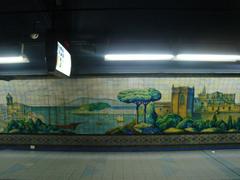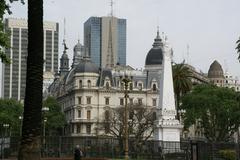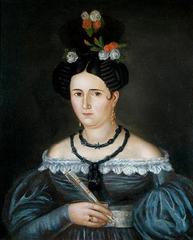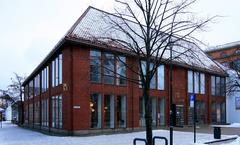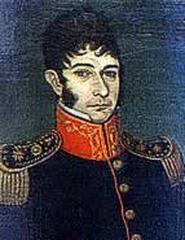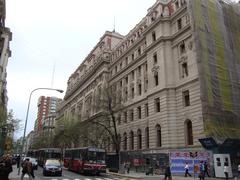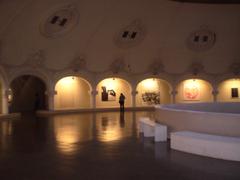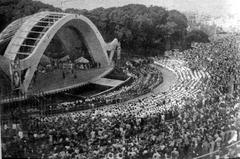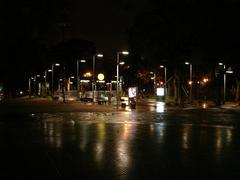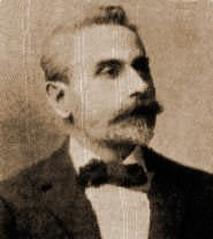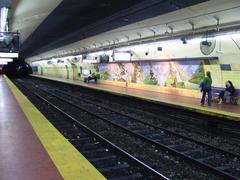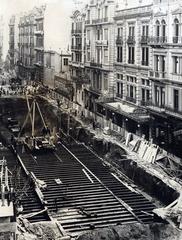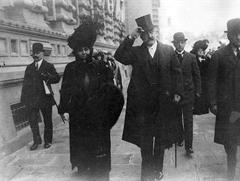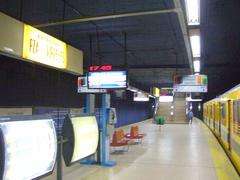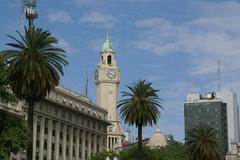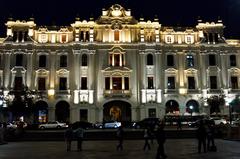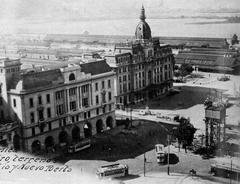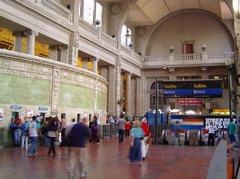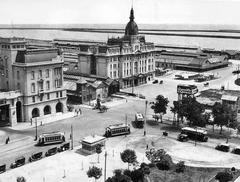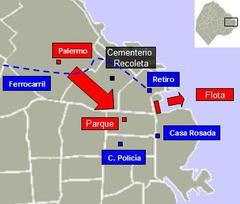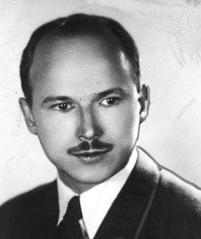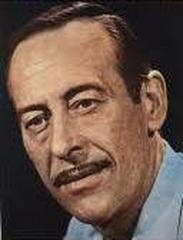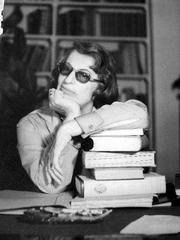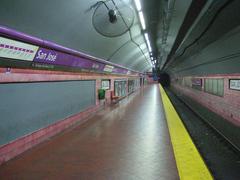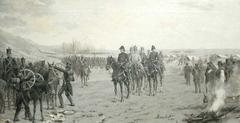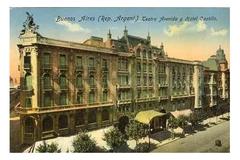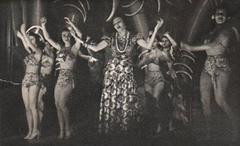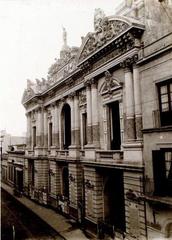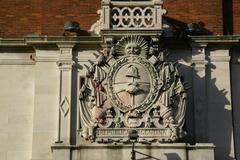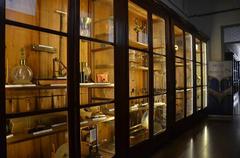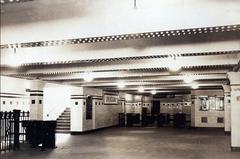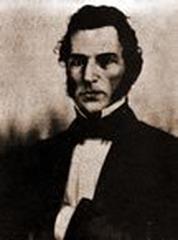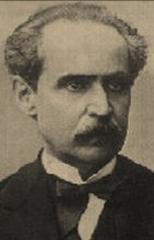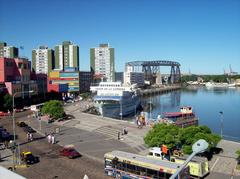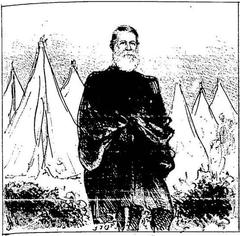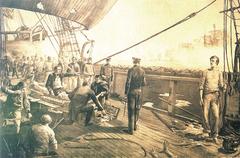
Visiting Hours, Tickets, and Historical Sites of Plaza Rubén Darío, Buenos Aires
Date: 31/07/2024
Introduction
Plaza Rubén Darío, situated in the upscale Recoleta neighborhood of Buenos Aires, Argentina, is a captivating public space that melds historical depth, cultural vibrancy, and artistic splendor. Originally established in the 1930s and initially known as Plaza Justo José de Urquiza, this area underwent significant transformations, culminating in its renaming in 1997 to honor Rubén Darío, a luminary of Spanish-language modernist literature (Wikiwand). The plaza is not just a tribute to Darío but a celebration of the city’s cultural and historical tapestry, featuring notable monuments like “Canto a la Argentina” and the Piletón Urquiza pond, a favorite among model boat enthusiasts (Foro de Baires). Adjacent to the plaza is the Museo Nacional de Bellas Artes, further enriching the cultural landscape of the area (Wikiwand). This guide provides an in-depth exploration of Plaza Rubén Darío, detailing its historical significance, visiting hours, nearby attractions, and practical travel tips for potential visitors.
Table of Contents
- [Introduction](#introductionintroduction)
- [Historical Background](#historical-backgroundhistorical-background)
- [Origins and Early Development](#origins-and-early-developmentorigins-and-early-development)
- [Renaming and Dedication to Rubén Darío](#renaming-and-dedication-to-rubén-daríorenaming-and-dedication-to-rubén-darío)
- [Monument “Canto a la Argentina”](#monument-canto-a-la-argentinamonument-canto-a-la-argentina)
- [The Piletón Urquiza](#the-piletón-urquizathe-piletón-urquiza)
- [Architectural and Artistic Contributions](#architectural-and-artistic-contributionsarchitectural-and-artistic-contributions)
- [The Museo Nacional de Bellas Artes](#the-museo-nacional-de-bellas-artesthe-museo-nacional-de-bellas-artes)
- [The Exposición del Sesquicentenario](#the-exposición-del-sesquicentenariothe-exposición-del-sesquicentenario)
- [The Paseo de Esculturas](#the-paseo-de-esculturasthe-paseo-de-esculturas)
- [Visitor Information](#visitor-informationvisitor-information)
- [Visiting Hours and Tickets](#visiting-hours-and-ticketsvisiting-hours-and-tickets)
- [Travel Tips](#travel-tipstravel-tips)
- [Special Events and Guided Tours](#special-events-and-guided-toursspecial-events-and-guided-tours)
- [Photographic Spots](#photographic-spotsphotographic-spots)
- [Nearby Attractions](#nearby-attractionsnearby-attractions)
- [FAQ](#faqfaq)
- [Conclusion](#conclusionconclusion)
- [References](#referencesreferences)
Historical Background
Origins and Early Development
Plaza Rubén Darío has a history that dates back to the early 20th century. Initially occupied by the Planta de Obras Sanitarias, a facility responsible for the city’s water supply, the area was transformed into a public space in 1936 by Intendente Mariano de Vedia y Mitre. Using the existing water basins from the old plant, a public pond was created, marking the birth of Plaza Justo José de Urquiza, in honor of the Argentine caudillo and President of the Argentine Confederation (Wikiwand).
Renaming and Dedication to Rubén Darío
In 1997, the plaza was renamed Plaza Rubén Darío to honor the renowned Nicaraguan poet, a leading figure in Spanish-language modernist literature. This change, formalized by Ordinance 51.924 on August 28, 1997, was part of a cultural initiative to celebrate Darío’s contributions to literature and his connection to Argentina (Wikiwand).
Monument “Canto a la Argentina”
One of the plaza’s most notable features is the monument “Canto a la Argentina,” dedicated to Rubén Darío. Created by Argentine sculptor José Fioravanti and initially erected in 1967, this monument was moved to Plaza Rubén Darío in 1997 to coincide with the plaza’s renaming (Wikiwand).
The Piletón Urquiza
The Piletón Urquiza, a large pond that has been central to the plaza since its inception, is a popular spot for model boat enthusiasts. The pond underwent extensive renovations in 2005, which included demolition, waterproofing, and the installation of new hydraulic systems, costing approximately $990,000 (Foro de Baires).
Architectural and Artistic Contributions
Plaza Rubén Darío is home to several important monuments and sculptures, including works by Constantin Émile Meunier, Luis Sandrini, Drivier, and Antoine Bourdelle. Additionally, the plaza features a monument to Raoul Gustaf Wallenberg, a Swedish diplomat known for his efforts during World War II, created by Philip Jackson and installed in 1999 (Wikiwand).
The Museo Nacional de Bellas Artes
Adjacent to Plaza Rubén Darío is the Museo Nacional de Bellas Artes, one of Argentina’s most important cultural institutions. Inaugurated in 1932 and remodeled by architect Alejandro Bustillo, the museum adds to the cultural richness of the plaza (Wikiwand).
The Exposición del Sesquicentenario
In 1960, a bridge was constructed over Avenida Figueroa Alcorta as part of the Exposición del Sesquicentenario, celebrating the 150th anniversary of Argentina’s independence. This bridge remains a notable architectural feature of the plaza (Wikiwand).
The Paseo de Esculturas
In 2009, the Government of the City of Buenos Aires inaugurated the “Paseo de Esculturas” within Plaza Rubén Darío, featuring temporary outdoor sculpture exhibitions. The first exhibition included 31 steel sculptures by Bastón Díaz, produced in collaboration with the Centro Cultural Recoleta (Wikiwand).
Visitor Information
Visiting Hours and Tickets
Plaza Rubén Darío is open to the public 24 hours a day, seven days a week. There is no entrance fee, making it an accessible attraction for all visitors.
Travel Tips
- Best Time to Visit: The plaza is most enjoyable in the spring and autumn months when the weather is mild.
- Nearby Attractions: Visitors can explore the adjacent Museo Nacional de Bellas Artes and other nearby landmarks in the Recoleta neighborhood.
- Accessibility: The plaza is wheelchair accessible, with paved pathways and ramps.
Special Events and Guided Tours
- Special Events: The plaza occasionally hosts cultural events and temporary art exhibitions. Check local listings for upcoming events.
- Guided Tours: While there are no official guided tours of the plaza, visitors can join walking tours of the Recoleta neighborhood that include a stop at Plaza Rubén Darío.
Photographic Spots
The plaza offers numerous picturesque spots, particularly around the Piletón Urquiza and the various sculptures and monuments.
Nearby Attractions
Plaza Rubén Darío is strategically located near several other significant landmarks and attractions in Buenos Aires, making it an ideal starting point for a day of exploration. Some of the nearby attractions include:
- Plaza Francia: A popular public square known for its weekend artisan market and cultural events.
- Museo Nacional de Bellas Artes: Located just a short walk from the plaza, this museum houses an extensive collection of Argentine and international art. The building itself, inaugurated in 1932, was remodeled by renowned architect Alejandro Bustillo (Wikipedia).
- Facultad de Derecho de Buenos Aires: The law school of the University of Buenos Aires, known for its impressive neoclassical architecture.
- Plaza de las Naciones Unidas: Home to the famous “Floralis Genérica,” a giant metal flower sculpture that opens and closes with the sun.
- Parque Thays: A large park offering green spaces, sculptures, and recreational areas (Plazas de Buenos Aires).
FAQ
Q: What are the visiting hours for Plaza Rubén Darío?
A: The plaza is open 24/7, allowing visitors to explore at any time of the day.
Q: Is there an entrance fee for Plaza Rubén Darío?
A: No, admission to Plaza Rubén Darío is free.
Q: What are some nearby attractions to Plaza Rubén Darío?
A: Nearby attractions include Plaza Francia, Museo Nacional de Bellas Artes, Facultad de Derecho de Buenos Aires, Plaza de las Naciones Unidas, and Parque Thays.
Q: Is Plaza Rubén Darío family-friendly?
A: Yes, the plaza features a children’s play area and is a family-friendly destination.
Q: How can I get to Plaza Rubén Darío?
A: The plaza is easily accessible via public transportation, with several bus lines and nearby subway stations.
Conclusion
In summary, Plaza Rubén Darío stands as a testament to the rich historical and cultural fabric of Buenos Aires. Its transformation from the Sanitary Works Plant to a cultural hub dedicated to the esteemed poet Rubén Darío exemplifies the city’s commitment to preserving and celebrating its diverse heritage (Wikiwand). Visitors are treated to an array of artistic and historical treasures, from the iconic “Canto a la Argentina” monument to the engaging Piletón Urquiza pond (Foro de Baires). The plaza’s proximity to the Museo Nacional de Bellas Artes and other Recoleta attractions enhances its appeal as a must-visit destination. Open 24/7 and free to the public, Plaza Rubén Darío offers a welcoming space for leisurely exploration, cultural enrichment, and artistic appreciation. Whether you’re a local resident or a tourist, a visit to Plaza Rubén Darío promises a rewarding experience that captures the essence of Buenos Aires’ historical and cultural legacy.
References
- Wikiwand. (n.d.). Plaza Rubén Darío (Buenos Aires). Retrieved from Wikiwand
- Foro de Baires. (n.d.). La Plaza Rubén Darío. Retrieved from Foro de Baires
- Wikipedia. (n.d.). Plaza Rubén Darío (Buenos Aires). Retrieved from Wikipedia
- Plazas de Buenos Aires. (n.d.). Plaza Rubén Darío. Retrieved from Plazas de Buenos Aires
- Museo Nacional de Bellas Artes. (n.d.). Official website. Retrieved from Museo Nacional de Bellas Artes
- Cementerio de la Recoleta. (n.d.). Official website. Retrieved from Recoleta Cemetery

